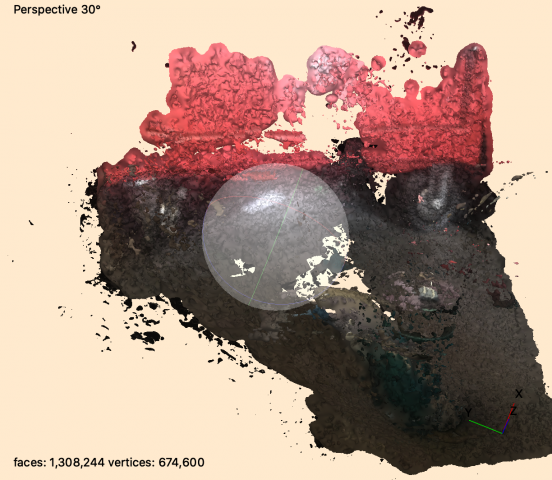Thinking back to pre-photographic scientific observation times, I can imagine that limited capture methods would make typologies less effective if the goal is to compare their slight variations. The reading states that looking away from the subject would be required in order to record sketches or notes, versus today where we can easily snap and capture something we wish to observe at a later time easily. If someone was to record manually how a bunny reacted to different vegetables, they would miss crucial moments in the experiment that would be absent in the documentation because of having to look away, or, the time it took to sketch the subject would draw attention away from the experiment as a whole. In addition, the entries might all vary in consistency, making comparison challenging if one is unsure if a variation is a human error, or actually existed at the moment of capture. The camera does indeed allow uninterrupted viewing and capture, but being able to see the variation in the product due to human error, can, in fact, be the machine for the typology. We saw this in Kim Dingle’s study of drawings of the United States; if she had asked the students to capture an image of their town with a camera, we would lose a significant element of the typology that only exists due to human error and lack of having a perfect understanding of what the United States looks like.
As far as contemporary captures being predictable, I think that’s kinda the point of typographies-to be predictable (at least on a basic level.) They challenge you to pay attention to what each entry has in common with its peers and spot the variation. In Aertryck & Danielson’s, Ten Meter Tower, the audience picks up on the pattern and predictability of what the next subject will do, but that’s also a part of the amusement. I wouldn’t say it’s scientifically reliable, as this capture is only of a small sample size that probably wasn’t chosen to reflect a large body of people.


